(Gerry Furth-Sides) As major fans of teacher/entrepreneur/celebrity, Martha Stewart, we braved downtown LA holiday traffic and parking to attend the event. What’s to like about seeing Martha in person? Everything. Martha’s forte seems to be sharing her life, products and information on a stage with an audience. She is naturally exuberant, the ultimate disarming entrepreneur, informative (after all, this is her mission), the perfect educator sharing inter-active “teaching moments” in her demo), generous to her assistant, witty and above all looked twice as beautiful as on her best TV day and half the age. We all got to ask questions and only a few stood up with gushing adoration, which the crowd didn’t seem to mind at all.
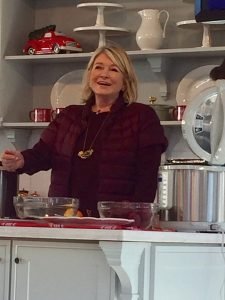
Martha delighted in laughing about her “particular” taste, and how she could not get the egg provider to change the color of eggs from Dr. Seuss green to blue to match her color palette
In one simple demo she managed to cover new information in a fascinating, inspiring way how to make dog food, her favorite cookies in the world (Answer: “my sugar cookies with frosting on them, which require some time to make.” Her assistant got a huge laugh when he mentioned to the audience it was her favorite because there was brandy in them). And, she smiled, “I love a good boiled egg, too.”
She covered how to use the new style pressure cookers (be careful not to overcook or the food does look a little grey), with her new book (mentioning as many of the other 82 books in answer to audience questions) and a little lesson on the origins of the food zester. Anyone who missed anything can catch up on her many blogs.
Of course we asked about the influence of ethnic food on the American culinary scene and how much it has changed in one generation. Already in the food demo she noted that she was using Asian fish sauce, as though this was a novelty, but one that home cooks would find practical to have on their shelves. Martha also noted how ethnic food products have permeated the food markets in only one generation. “Can you imagine no cilantro in a market shelves or any Japanese restaurant in New York when I went to college there?” she asked rhetorically. And,” she chuckled as if sharing an inside joke with the audience,” that wasn’t so long ago was it?” (And Martha has been a regular at Nobu since it opened almost that long ago).
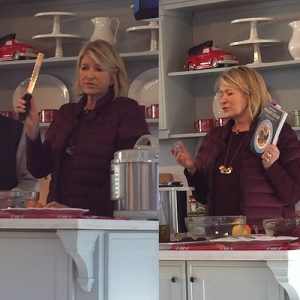
Martha kitchen tools, books and even her new line of clothing were touted during the demo. We all loved it.

Martha the entrepreneur, former model, accepting a fashion compliment, pointing out her vest is on QVC
Martha explained how she made dog food for her four pets. “I never open a can,” as I mentioned smiled Martha. And I buy fish that is four dollars a pound or less to start with at home. And after cooking it with other ingredients grind it up. Her attentive assistant and Culinary Director, Chef Thomas Joseph added, “and when we film an expensive beef roast on the cooking show, $22 a pound, the staff gets to eat leftovers and the rest is ground up for the dogs . So that evens out.”. Martha didn’t skip a beat. ” I always have a bag in the freezer and one in the fridge ready to go.”
Marth’s determination for perfection that has influenced the way Americans cook and present food, and that influenced a generation to cook, was on show. You could feel the crowd laugh inwardly when Martha talked about “herbs”, using the “h” sound. She may have people working for her, but you could tell that her watchful eye was everywhere and directing it all.

The Martha determination for perfection was there, too. Martha’s Culinary Director Thomas Joseph is a James Beard winner in his own right.
The Martha Stewart Experience included wines curated by Martha featured in demos and tastings, and a gift shop.
It was so good to catch up with our friend Chef Antonia Lafaso of Scopa in Venice with an introduction by way of samples to her new Doma restaurant in DTLA.
Restaurants and a demo included Los Angeles’ legendary Susan Feniger of Border Grill.
For more details on the event, please see (//localfoodeater.com/tag/martha-stewart-wine-food-experience/)






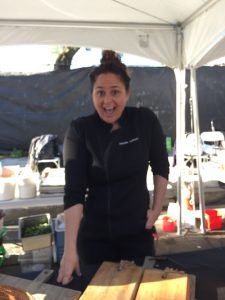
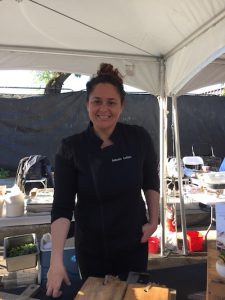
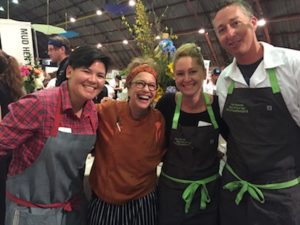



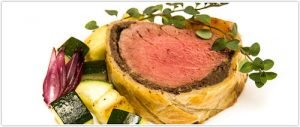


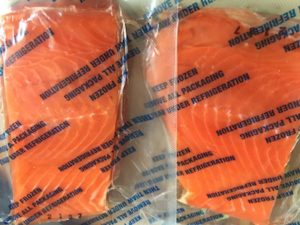
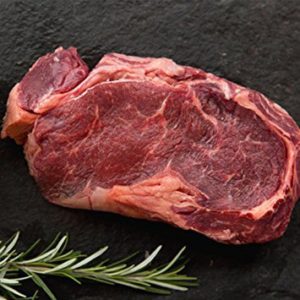
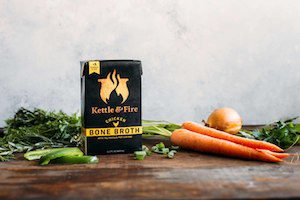
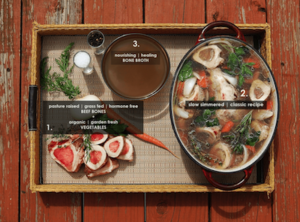
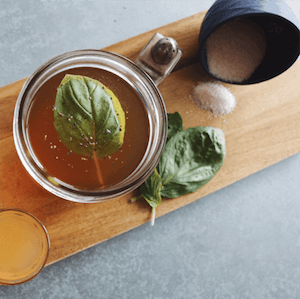

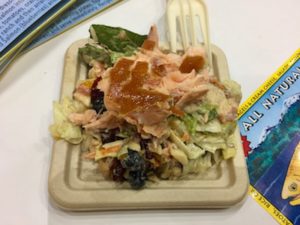


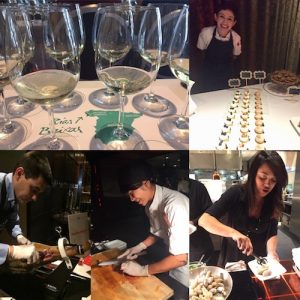

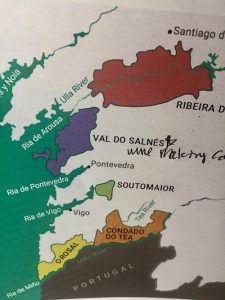
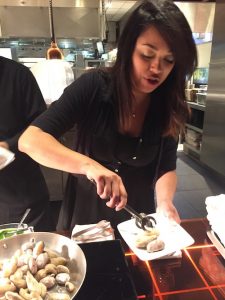
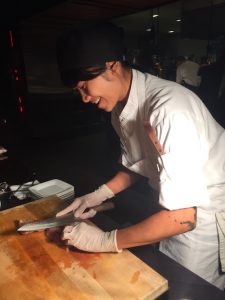
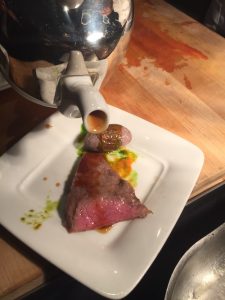
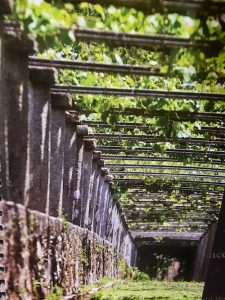


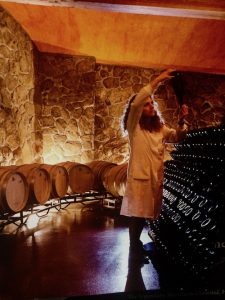
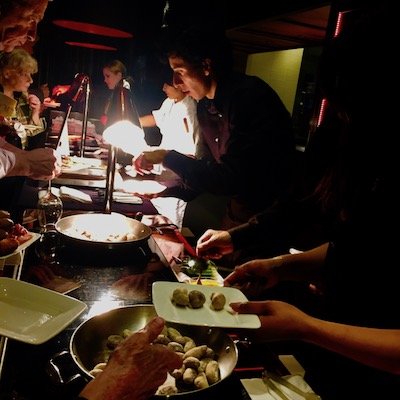
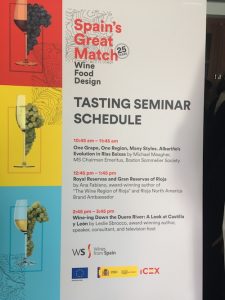


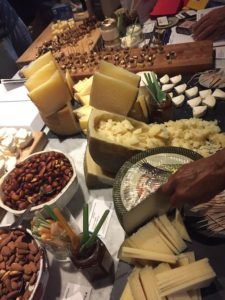
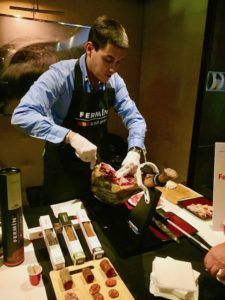
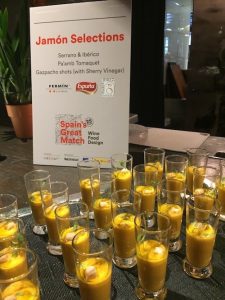
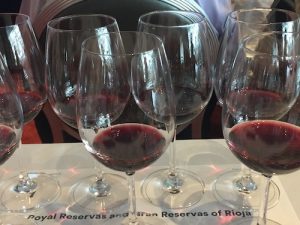
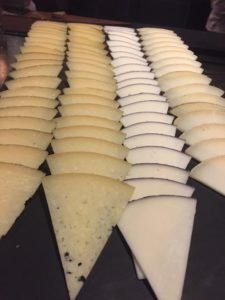
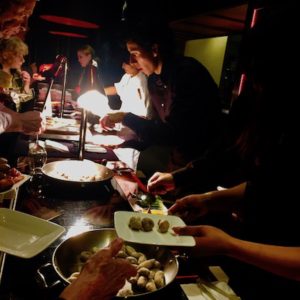

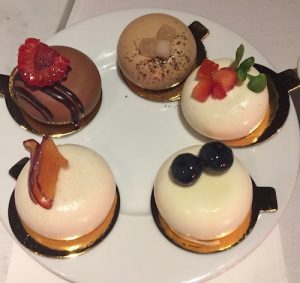


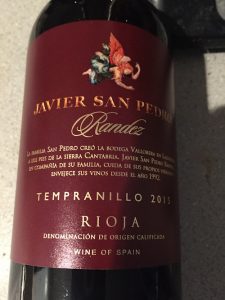
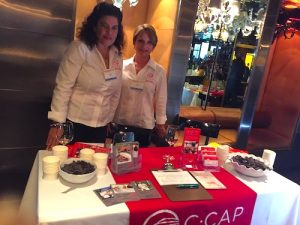

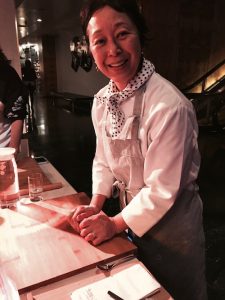
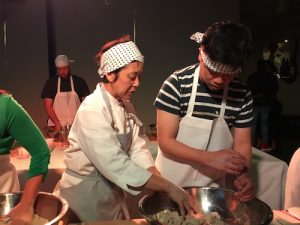
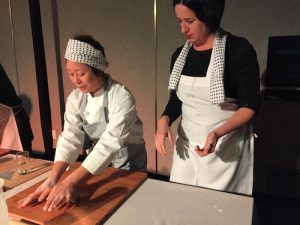
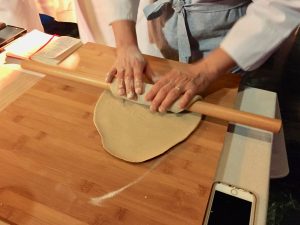
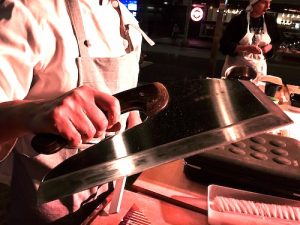
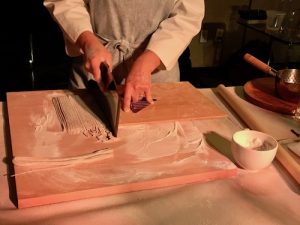
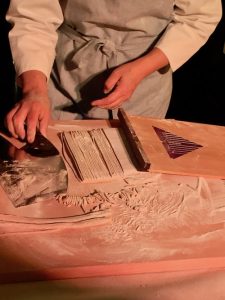
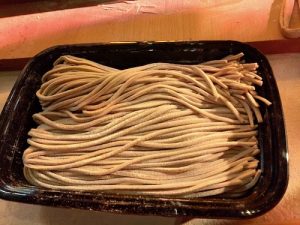
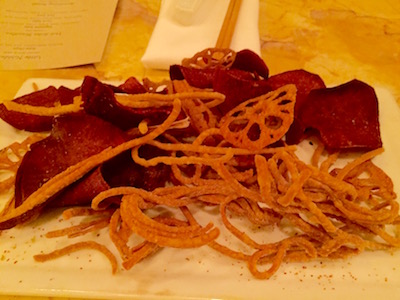
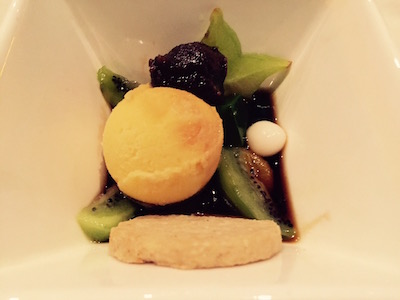


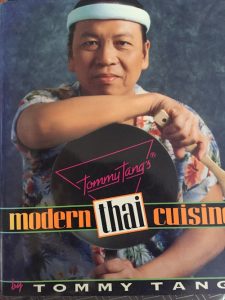


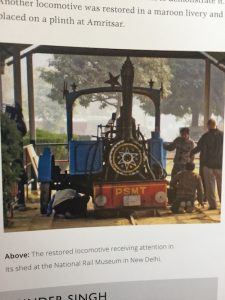
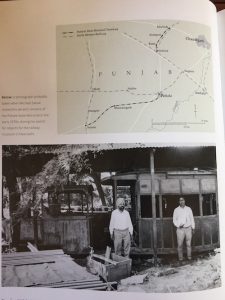




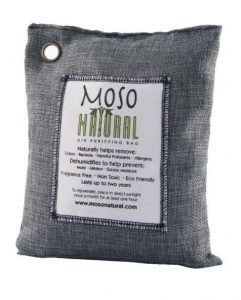




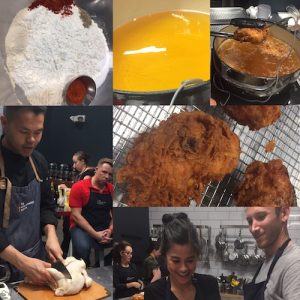
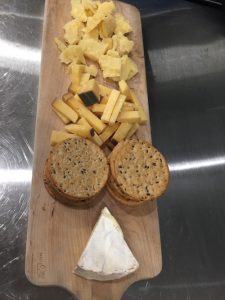
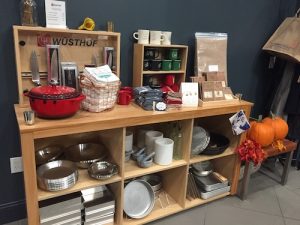
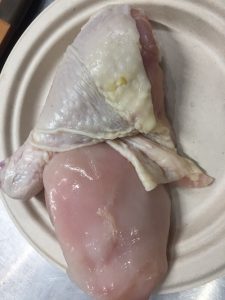
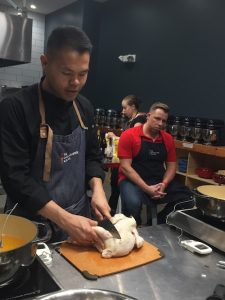
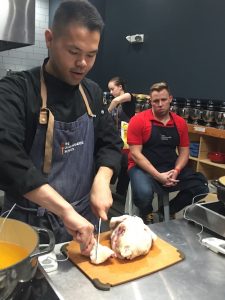

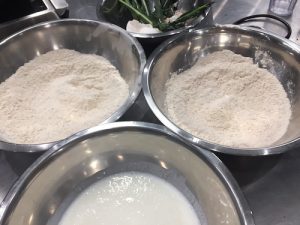
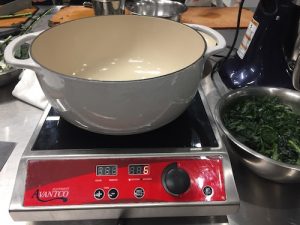


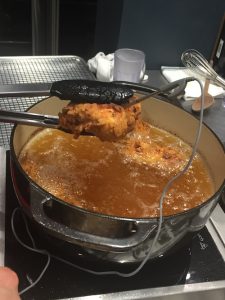
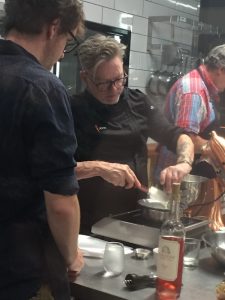

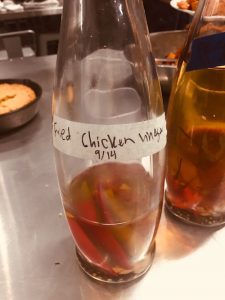
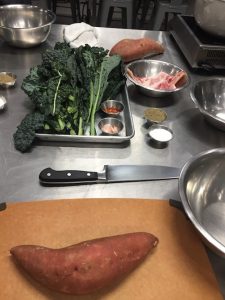
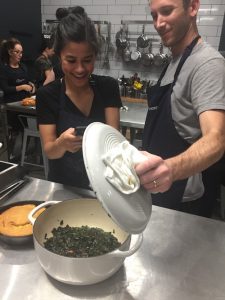
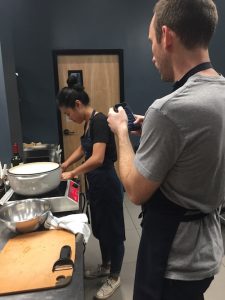
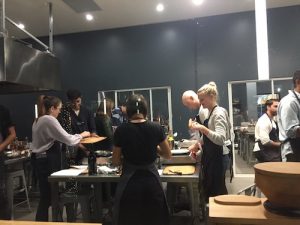


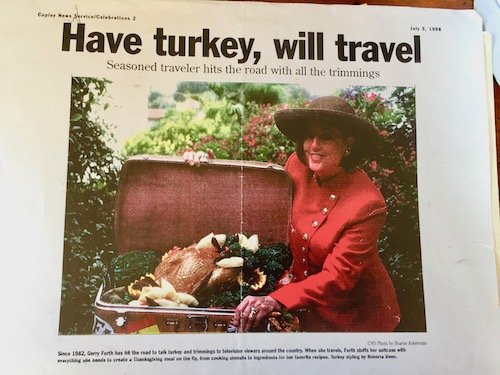


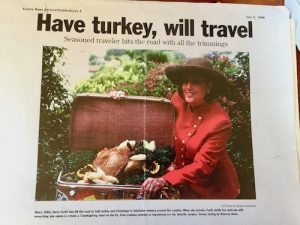


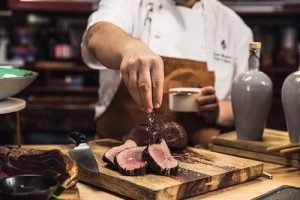


 Gerry Furth-Sides
Gerry Furth-Sides  Barbara Hansen
Barbara Hansen 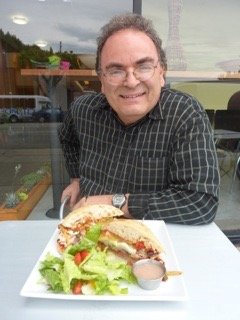 Chef-owner Alain Cohen
Chef-owner Alain Cohen  Roberta Deen
Roberta Deen  Jose Martinez
Jose Martinez  Nivedita Basu
Nivedita Basu